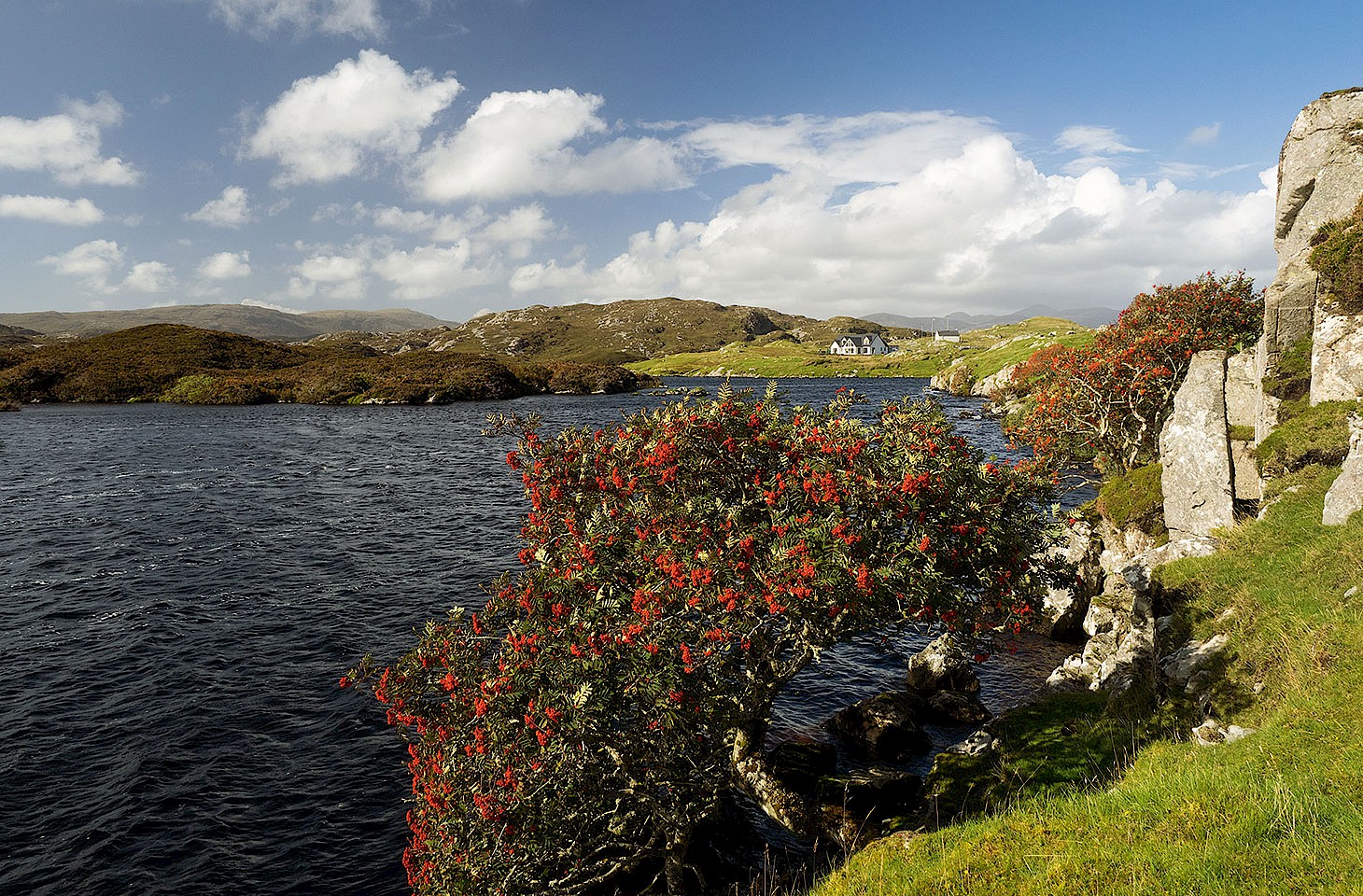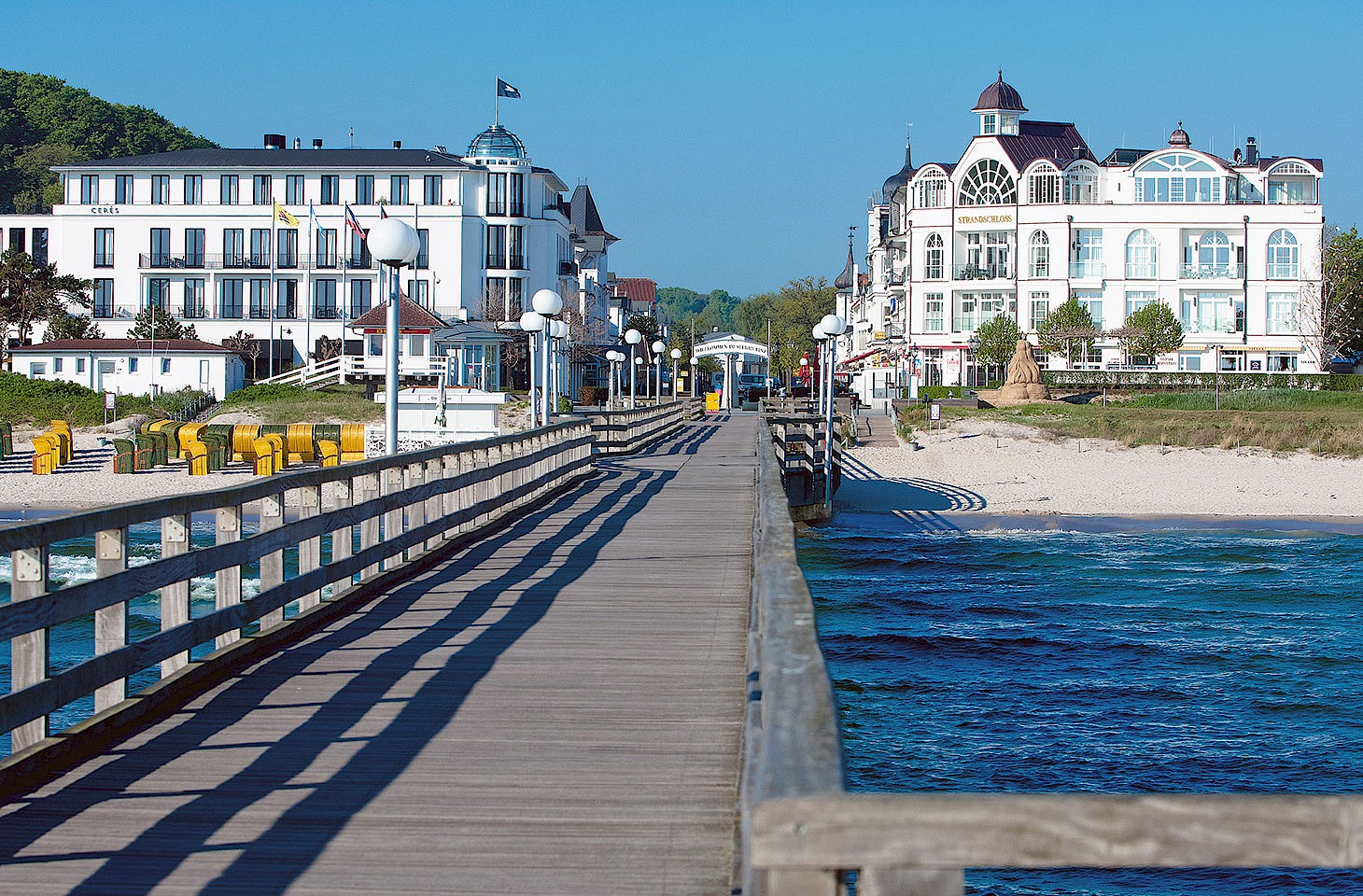Dear fellow travellers
Marut and Mesod are both interesting men. And both are equally adamant that they are Gibraltarians. If you thought that Gibraltar was merely Cockney voices or fish and chips, think again. The territory at the southern tip of Iberia has its own very distinctive culture and identity, and visitors from England are often surprised to find that Gibraltar, away from the main tourist haunts, seems to them utterly foreign. "The Brits arrive on cruise ships, or sometimes walk over the border on a day trip from Spain" says Mesod. "And they expect Gibraltar to be just like home. It is not."
Mesod is a member of Gibraltar's Sephardic Jewish community. His father spoke the local Judeo-Spanish dialect known as Ladino. Mesod knows a few words of Ladino, but in the main he speaks Llanito, the distinctive language of Gibraltar. Marut also speaks Llanito. And while Mesod goes to one of the several synagogues in Gibraltar, Marut goes to the territory's Hindu temple. Both men think of themselves as being Gibraltarian through and through.
A remarkable ethnic mix underpins Gibraltar's identity. During the eighteenth and nineteenth centuries Gibraltar was a destination for migrants. They came from Menorca and Genoa, from the Indian subcontinent and from North Africa. Hindus and Sephardic Jews, Muslims and Methodists all contributed to the ethno-confessional jigsaw that now informs Gibraltarian life and culture. The dominant religion of the territory nowadays is Roman Catholic, but few other places as small as Gibraltar can boast such a remarkable variety of places of worship. Of course there is an Anglican cathedral, an anachronistic relic of colonial history that looks from the exterior distinctly un-Anglican. It is in a Moorish Revival style, but it does not match the splendour of the magnificent Ibrahim-al-Ibrahim Mosque, which is at Europa Point, the southernmost limit of Gibraltar. From the mosque one can gaze out to Africa on the other side of the narrow Strait. Near the mosque is the Roman Catholic Shrine of Our Lady of Europe (itself actually on the site of a former mosque).
Llanito captures the Gibraltarian ethnic mosaic. It is distinct from Andalusian Spanish, and shows that Gibraltar's English masters never quite succeeded in imposing their own tongue on the local community. Llanito blends English and Spanish words into a single sentence. There are words that come from Arabic, Hebrew and Italian.
Walk up to Governor's Parade and you will find a dose of England - all rather staid and formal. Few are the visitors to Gibraltar who get an invite to dine with the Governor. Near the Governor's House is the imposing Garrison Library which for years served as the officers' club, a place not just for reading but for dinner and billiards. Nowadays the Governor and his entourage have very little to do in Gibraltar. The territory has a democratic parliament that looks after the eclectic mixture of people who call themselves Gibraltarians - of whom Marut and Mesod are just two interesting examples.
hidden europe notes
Have you realised that there is lots of material in the new Notes section of our website? Within the last week we have reported on such varied topics as fantasy architecture in Turkey and the Canary Islands, language issues in Malta, a new train service to Syria, the media handling of Europe's cold spell and today's elections in Ukraine.
Nicky Gardner and Susanne Kries
(hidden europe)



